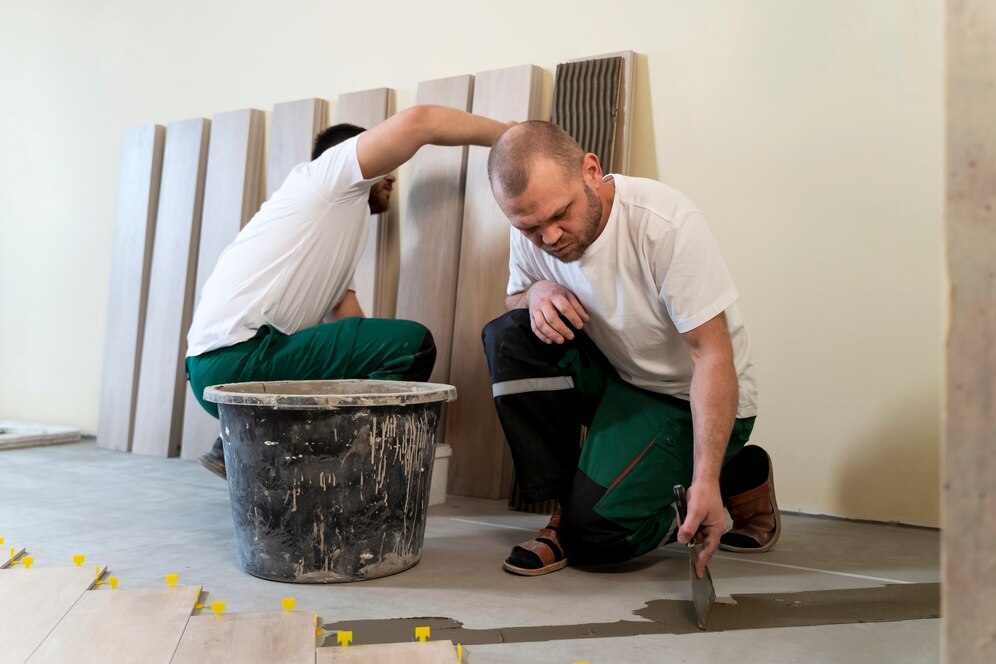Basement waterproofing is a crucial step for any homeowner looking to protect their property from water damage. Whether you live in an area prone to heavy rains or experience seasonal flooding, protecting your basement is essential for maintaining the structural integrity of your home. For homeowners in Hamilton, where weather can be unpredictable, finding the right waterproofing solution can save time, money, and future headaches. But with so many options available, how do you know which one is right for you? This blog will guide you through the process of choosing the best waterproofing solution for your basement.
1. Assess the Source of the Water Problem
Before choosing a waterproofing solution, it’s important to identify where the water is coming from. Water can enter your basement through cracks in the foundation, poor drainage systems, or from groundwater seeping up through the floor. Each type of problem requires a specific solution.
- Foundation Cracks: If water is entering through cracks in your foundation walls, a crack injection solution or foundation repair may be necessary.
- Surface Water: If surface water is pooling around your foundation due to improper grading or drainage, an exterior waterproofing system can help redirect water away from your home.
- Groundwater: High water tables or groundwater pressure can push water up through the basement floor. In this case, interior drainage systems, such as sump pumps, may be required.
Understanding the source of the water issue will help you choose the most effective waterproofing solution.
2. Interior vs. Exterior Waterproofing Solutions
When it comes to basement waterproofing, there are two main categories to consider: interior and exterior waterproofing. Both approaches have their advantages, and the best choice depends on your specific situation.
- Interior Waterproofing: Interior solutions involve managing water after it enters the basement. This includes installing systems like sump pumps, French drains, or vapor barriers. These methods are generally more affordable and less invasive, as they don’t require digging around the foundation of your home. Interior waterproofing is a great option for basements that experience occasional moisture or flooding.
- Exterior Waterproofing: Exterior solutions focus on preventing water from entering the basement in the first place. This method involves digging around the perimeter of the house and applying waterproof membranes or sealants to the foundation walls. Exterior waterproofing is more effective for homes that experience frequent water intrusion, but it can be more expensive and labor-intensive. In Hamilton, where heavy rains can put pressure on basement walls, exterior waterproofing might offer more long-term protection.
3. Consider Your Budget
Cost is a significant factor when choosing a waterproofing solution for your basement. The type of solution you select, the extent of the water problem, and the size of your basement will all affect the total cost. Generally, interior waterproofing solutions are less expensive than exterior solutions. However, while exterior waterproofing may have a higher upfront cost, it often provides a more comprehensive and long-lasting solution, especially for homes prone to frequent water issues.
To avoid future expenses related to water damage, it’s important not to cut corners when it comes to basement waterproofing. Investing in a high-quality solution now can save you thousands of dollars in repairs down the road.
4. Evaluate Drainage and Sump Pump Systems
For many homes in Hamilton, installing a drainage system or sump pump is an essential part of basement waterproofing. A French drain system, also known as an interior perimeter drain, directs water that seeps into the basement to a sump pump, which then removes the water from the home.
- French Drains: A French drain is a channel installed around the perimeter of the basement floor to collect water and direct it to the sump pump. This method is particularly effective for homes with high groundwater levels.
- Sump Pumps: A sump pump is installed in a sump pit, where it collects water and pumps it away from the house. It’s an ideal solution for basements prone to flooding, especially during periods of heavy rain.
When choosing a sump pump, consider factors like the size of your basement, the volume of water it needs to handle, and whether a battery backup system is necessary to prevent flooding during power outages.
5. Look Into Waterproofing Coatings and Sealants
Waterproof coatings and sealants can be applied to your foundation walls and floors to create a barrier that keeps moisture from seeping in. These solutions are typically part of an interior waterproofing system and can be an effective way to protect your basement from minor water intrusion.
- Concrete Waterproofing Sealers: These are applied to the interior walls and floors and are designed to penetrate the concrete and create a moisture barrier. They work best when water intrusion is minimal.
- Waterproof Membranes: Membranes are applied to the exterior walls during an exterior waterproofing process and provide a protective barrier against water.
In Hamilton’s climate, where seasonal rain and snowmelt can cause moisture issues, using a combination of these sealants can provide an additional layer of protection.
Conclusion
Waterproofing your basement is a vital step in protecting your home from water damage, especially in areas like Hamilton, where weather can take a toll on your foundation. By assessing the source of the water problem, considering your budget, and selecting the right combination of interior and exterior solutions, you can safeguard your home and avoid costly repairs in the future. Whether you opt for a sump pump, drainage system, or exterior waterproofing membrane, the key is to invest in a solution that will provide long-term protection for your basement.
